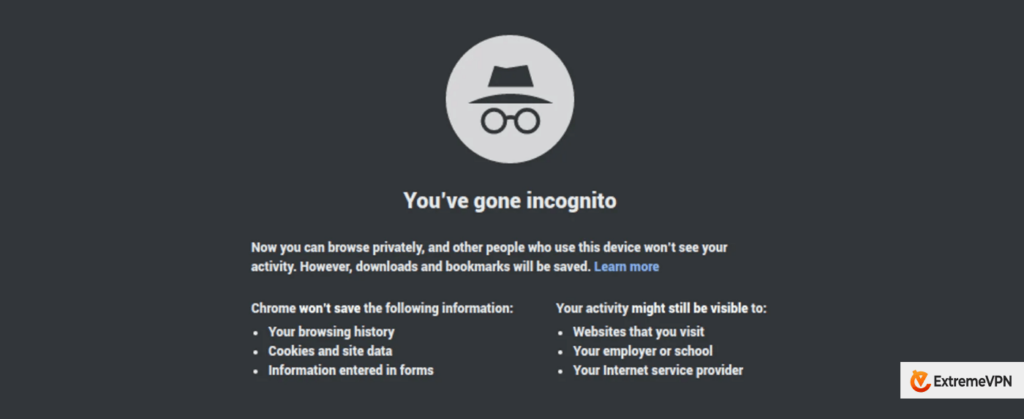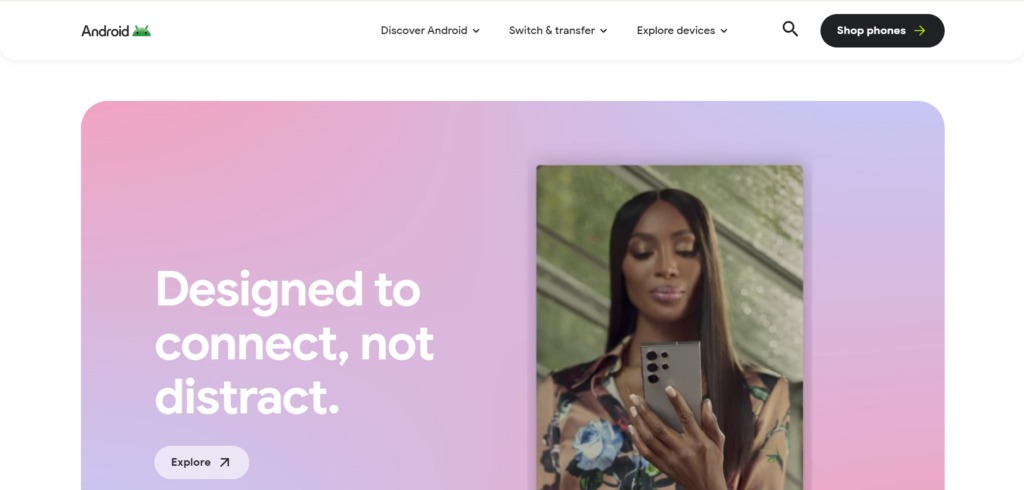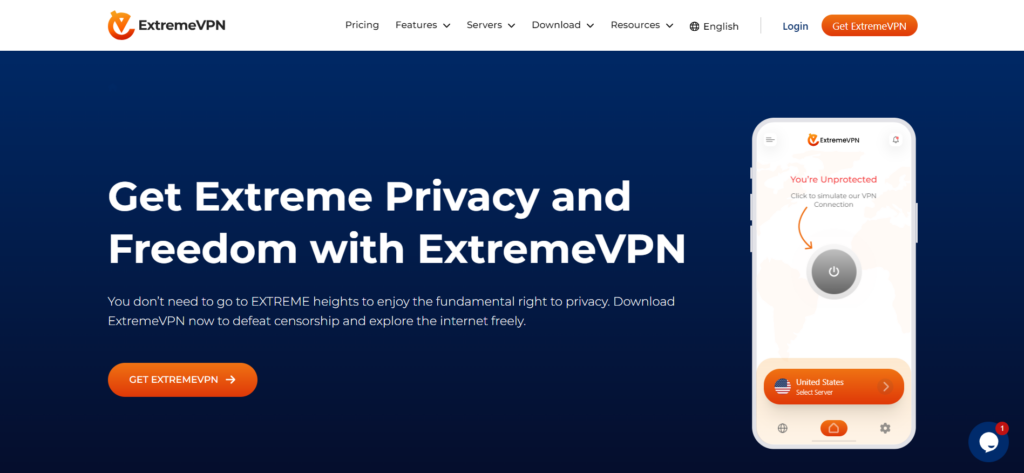The incognito mode that most browsing services offer promises to hide your identity, data, and search history. However, even in incognito mode, all your information can get into the hands of third parties. How?
Even though your online profile appears to be invisible, it is still possible for anyone with high-tech skills or authorized access to view your incognito history. Luckily, there is a way to see and delete your incognito history by wiping off the DNS cache.
Does the Incognito Browsing Mode Record Your Online History?

We can argue that even if browsing incognito does not record and save “your” online history, it does record a history. It may not be yours at surface level. Still, upon thorough inspection by a professional, your ISP or local network, device service, or third parties can access every data on that browsing history.
However, even when browsing in incognito mode, the Domain Name System, or DNS, can be helpful. To enable computers to locate and connect to websites, the DNS is in charge of translating IP addresses into domain names that are readable by humans. When you browse websites in incognito mode, they continue to recognize you and may perform DNS queries.
While your local device may not retain your incognito browsing history, your online activities can have traces that lead back to your ISP or other DNS service providers through DNS logs. So, you may want to consider using additional privacy and security tools, like VPNs. Premium VPN services like ExtremeVPN protect your online identity and encrypt your internet connection to have a more thorough level of privacy. Apart from using tools like VPNs, you can learn how to see and delete incognito history
Even though your local device may not save your private browsing history, DNS logs can contain traces of your online activity that point to your ISP or other DNS service providers. Given this, you may want to consider using additional security and privacy tools, such as VPNs.
How to View Your Incognito History

Typically, it isn’t easy and requires expertise to see and delete incognito history. Still, this guide aims to equip you with the knowledge you need to not only see all your incognito history but also how to delete it. Moreover, you can learn how to see and delete incognito history on Chrome, iPhone, Windows, MAC, iOS, or Android.
How to View Incognito History on a Windows PC

- Search for “Command prompt” using the Windows search bar, then click “Run as administrator.”
- In the “Command prompt” window, type “ipconfig /displaydns” and press “Enter.”
- Then, you will see your incognito history, including the ones from every web browser you use on your Windows PC.
How to View Incognito History on a MAC Device

- Click “Applications” and select “Utilities.”
- Next, double-click “Console” to open it.
- Select your device in the search bar at the top of the window and type “any:mdnsresponder.”
- Once the “Play” button shows up in the toolbar, click it.
- Return to “Utilities” at this point and select “Terminal.”
- Then, in the terminal, type the command “sudo killall -INFO mDNSResponder” and hit “Enter.” You will need to input your login details at this stage.
- Go back to the “Console” to view your history while incognito.
How to View Your Incognito Browsing History Using Chrome

Viewing incognito browsing history in Chrome is intentionally restricted for privacy reasons. The entire concept of incognito mode is to leave no trace of browsing data on the device, and Chrome takes this seriously. In incognito mode, Chrome does not save history, cookies, or site data. This intentional design ensures user privacy.
While standard browsing history is accessible in Chrome settings, incognito history is not listed. As a user, be aware that the purpose of incognito mode is to offer a private browsing experience, and attempting to view or recover incognito history is contrary to the intended functionality of this privacy feature.
However, bypassing this and viewing your incognito history using Chrome is possible. Follow the steps below.
- Search the Chrome Web Store for an extension you want to use, then select “Add to Chrome.”
- In the popup window that appears, select “Add extension.”
- Open “chrome://extensions/,” then Click “Details” after locating the recently added extension.
- Next, enable the “Allow in incognito” feature.
How to View Incognito History Using an Android Device

The topic of how to see incognito history on Android is one that you must understand has intentional restrictions for privacy reasons. In the incognito mode, browsers do not store local data, making it inaccessible later. So, viewing incognito history directly on Android might prove futile due to the deliberate absence of such a feature.
However, Advanced users can track down domain queries about incognito browsing by using DNS cache inspection tools. DNS data can be accessible through programs like Terminal commands on macOS or NirSoft’s DNS Cache Viewer on Windows. Remember that the actual browsing content isn’t visible by these methods; only DNS activity is.
For additional solutions, consider utilizing parent control or third-party monitoring apps like Bark or Norton Family, which track online activity and offer insights even when using an incognito browser. When using such tools, always be mindful of privacy boundaries and follow all applicable legal and ethical requirements.
How to View Incognito History on an iPhone

If the operating system on your smartphone is iOS 11 or below, then learning how to see and delete incognito history on an iPhone is equally challenging as it is with other devices. And like other devices, Apple prioritizes user privacy, and as a result, incognito history remains concealed. Unlike Android, with accessible substitutions, there aren’t direct tools or methods to see incognito history on an iPhone.
Suppose you are looking for how to see incognito history on an iPhone. In that case, you should explore comprehensive parental control apps like Norton Family, Hoverwatch, or Qustodio, which have specific features to monitor and track browsing behavior, even in incognito mode, while respecting privacy norms and ethical considerations.
Follow these steps if the iOS version on your iPhone or iPad is older.
- Open “Safari Settings”
- Go to “Advanced”
- After that, select “Website data” to view your incognito history.
How to Delete Incognito History

Maintaining online privacy often involves deleting or concealing browsing history, even in incognito mode. It might seem hopeless, but there is an effective method to delete your incognito history and enhance your digital confidentiality. The method is what we call flushing, a system where you delete all your DNS cache. Let us see how to delete incognito history using multiple devices.
How to Delete Incognito History on a Windows Device
- With the Windows search box, look up “Command prompt” and select “Run as administrator.”
- Input “ipconfig/flushdns” in the window with the Command Prompt and hit “Enter.”
How to Delete History from the Incognito Mode on a Mac Device
- Click “Applications” and select “Utilities.”
- After that, double-click to launch “Terminal.”
- In the terminal, type the command “sudo killall -HUP mDNSResponder” and hit “Enter.” Additionally, you’ll need to input your password.
How to Delete History from the Incognito Mode on an Android Device
- Launch Google Chrome and input “chrome://net-internals/#dns” into the webpage’s address bar.
- Click “Clear host cache” to get rid of DNS requests.
How to Delete History from the Incognito Mode on an iPhone
If you use Google Chrome as your staple web browser on your iPhone, follow the steps below to learn how to see and delete incognito history on your iPhone.
- Launch Google Chrome and input “chrome://net-internals/#dns” into the webpage’s address bar.
- Select “Clear host cache” to delete DNS requests.
If you use Safari as a web browser on your iPhone, follow the steps below:
- Open the Safari app and tap the tabs icon in the lower-right corner.
- Switch to incognito mode
- Then, close the open tabs. Closing the open tabs automatically deletes your incognito history.
How to Hide Incognito Browsing History

As much as there are ways to see your incognito history and even methods and steps to delete it, third parties can still access or track your incognito history for reasons best known to them. Some of these third parties include:
- Employers or Schools: To ensure that employees or students pay rapt attention to deadlines or their studies, employers in corporate organizations and school administrators can decide to monitor all browsing history. This includes their incognito history, too.
- The Government: Governments may monitor incognito history for security reasons, investigating potential threats, criminal activities, or tracking illicit online behavior. Such monitoring ensures public safety and maintains law enforcement capabilities in the digital space.
- Your Internet Service Provider, ISP: ISPs monitor incognito history for network management, security, and compliance purposes. It helps them ensure a secure and efficient network, address potential threats, and adhere to legal obligations.
What is the Function of the Incognito Mode?
Most web browsers have the incognito mode option, also known as private browsing or privacy mode. Its primary purpose is to help you as a user improve your privacy as it offers a more covert online experience. So, it is essential to know how the incognito mode works.
First, browsing history is not saved while using incognito mode. Using the incognito mode makes sure that the user’s device does not store any records of websites visited or searches made, unlike when browsing normally. There is therefore no local record of the websites visited after the incognito session closes.
Second, using the browser in private mode stops cookies and site data from saving. After ending an incognito session, cookies—tiny data bits used by websites to monitor user behavior—are not kept. This promotes a more private browsing experience by discarding any login credentials, preferences, or personalized data linked to websites visited.
Also, by default, incognito mode disables add-ons and extensions for all browsers. While these extensions can enhance standard browsing, they may jeopardize your privacy due to their ability to track every digital footprint. So, by temporarily disabling the add-ons and extensions, the likelihood of any third party tracking your device or viewing your incognito history reduces.
It is also important to remember, though, that utilizing incognito mode does not provide you as a user complete internet anonymity. Although it does not store any local data, internet service providers (ISPs), websites, and other third parties can still monitor your online activities. To get complete anonymity and optimal privacy when using the internet, you can opt to use additional tools such as VPNs. VPNs further protect your digital footprint by encrypting internet traffic.
A VPN Protects You in Places Where Incognito Fails

In ways that incognito mode cannot, a VPN (specifically ExtremeVPN) is an effective option for improving online privacy and security. Although the primary goal of incognito mode is to block cookies and browsing history from being locally stored on a device, a VPN provides more comprehensive security.
Therefore, if you find it improper that third parties can still access your incognito history even after deleting it, you should consider using a VPN. ExtremeVPN is your best bet. With ExtremeVPN, you can conceal your online activities, protect your browsing data from DNS leaks, and avoid logging your regular or incognito history or app usage. With a single click, it encrypts your connection, hiding your identity and online activities from prying eyes.
Also read: How to go incognito in Chrome, Edge, Firefox, Safari, and Opera